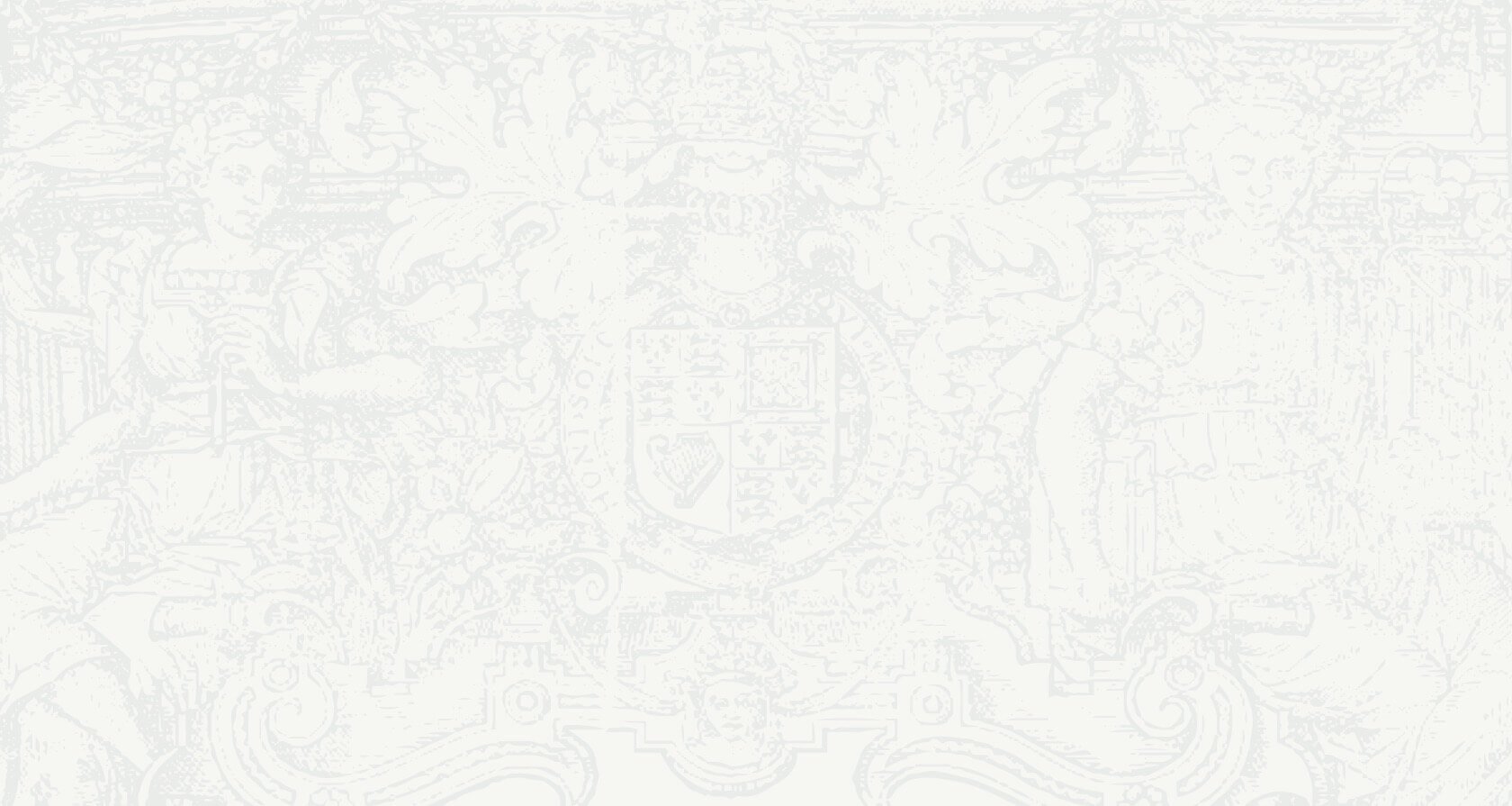
Frequently Asked Questions
Bibles
Q. How fragile is an antique Bible?
Antique Bibles are not as fragile as most people think. The thick paper is made of recycled cotton rags and is much sturdier than our modern day wood pulp paper or fragile rice paper. The oldest Bibles have solid wooden boards used for covers, but even the later editions have stout pasteboard which generally has stood the test of time. Keep in mind that your Bible has been handled by countless people for generations. With a little care these Bibles will be passed on for the next generation to enjoy.
Q. Do I need to wear gloves when handling my Antique Bible?
No. Research has shown wearing gloves leads to more damage to the leaves because doing so decreases the dexterity of the fingers. It’s best to handle your Bible with clean bare hands, and this is standard practice at the Smithsonian and at Rare Book Collections throughout the world.
Q. How do I care for my antique Bible?
Two simple things go into taking care of your antique Bible: room climate and spine support. Store your book in a room with an average temperature of 60-70 degrees Fahrenheit and a relative humidity of 40-50%. If you feel comfortable, your book will be comfortable. If your Bible has been recently rebound or rebacked, it will not need any special treatment. If the binding is older, it is important to support the spine anytime you open it. Use your hands or a book pillow to ensure that the hinge of the book does not open past 90 degrees.
Q. How do you ensure the safety of an antique Bible when shipping?
We have years of experience in shipping antiquarian books around the globe. We begin by protecting them with acid free paper and then cushioning them with lots of bubble wrap. Next we seal it in a plastic bag to prevent damage from moisture. It is further enclosed in a thick cardboard box. We’ve found UPS to be the most reliable carrier so we use them for all Bibles, and we offer free UPS 2nd day air for all orders over $2,000.
Q. How do you know the book is genuine?
Counterfeiting a Reformation era book is nearly impossible. But to ensure authenticity, we use our many years of of experience of handling antiquarian books and we also look for a few things:
Laid paper with chain lines and watermarks
Woodcut illustrations and type that has been pressed rather than printed
Thickness of paper
Q. Why is the Apocrypha included in these Bibles?
During the Protestant Reformation, the Apocrypha - fourteen books from the intertestamental period - was placed between the Old and New Testaments for its historical rather than theological value. These books were never considered canonical by the early church, and the Catholic Church officially recognized them as canon only in 1546.
Q. How do you verify the completeness of these Bibles?
We verify the pages of every Bible we sell by hand using a collation formula found in books from our reference library and online sources. It’s a tedious process because the leaves of the antique Bibles are paginated with signatures instead of page numbers. We specify any missing or damaged leaves in our detailed listing description. See our buying guide for more information on the collation process.
Q. What do the acronyms and letters in the listing description mean?
The strings of letters are called signatures. The process of hand printing utilized large sheets of text that were folded to format or size. For example, sheet A would be folded into 8 leaves (A1, A2, and so on). Once all the letters were used, the next signature would use double letters (Aa1, Aa2, etc.) and then triple letters, with 23 letters in each string.
Q. What payment methods do you accept?
We’re happy to accept payment via credit card, Paypal, checks, or wire transfers.
Bible Leaves
Q. Do you take apart Bibles to sell individual leaves?
We are not biblioclasts. We only leaf out Bibles that are disbound or lacking many leaves. Our goal is always to put these one-of-a-kind works of art into the hands of someone who will cherish them. Destroying a Bible is not consistent with that at all. We do as much as we can to protect, preserve, and restore these Bibles, working with a number of professional binders and conservators across the country. However, sometimes we come across one that is past the point of saving. In that case, we sell individual leaves. The lower price point makes them wonderful gifts and also makes them more accessible to a wider audience. In our view, this is so much better than throwing them away!
Q. How do I care for and display my antique Bible leaf?
Keep your Bible leaf in a climate controlled place (relative humidity around 40% and temperature between 60-70 degrees Fahrenheit). Most people choose to frame their Bible leaves. You can choose a floating frame to view both sides of the leaf. Just be sure to select acid free framing materials and UV protective glass or plexiglass.
Q. How do I know my Bible leaf is genuine?
Holding a genuine antique Bible leaf up to the light will reveal chain lines. Some will have watermarks as well. The text and the woodcut illustrations will show evidence of being pressed into the paper rather than printed on. The heavier weight of the paper is another indicator.
Q. Why don’t you issue Certificates of Authenticity?
The ease with which one can print a Certificate of Authenticity makes them essentially meaningless.
We are members of both the ABAA and the IOBA, uphold their codes of ethics, and guarantee the authenticity of the Bibles and Bible leaves we sell for life. We don’t sell reproductions or individual facsimile Bible leaves.
